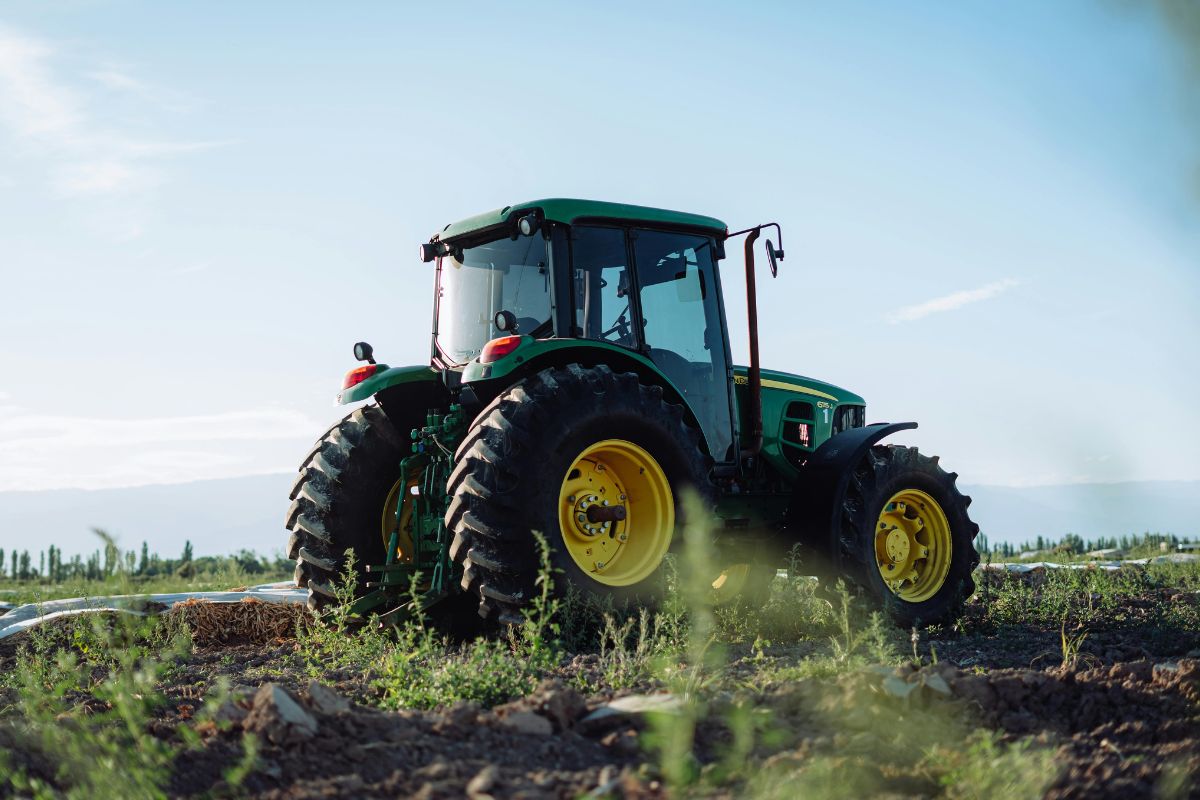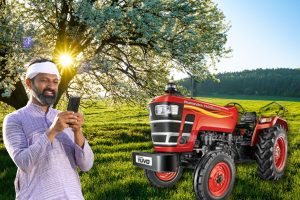Agriculture can be a challenging endeavor, and bad weather makes it that much harder. From brutal cold to extreme heat and abusive monsoons, your tractor has to endure them all. Preparing your tractor ahead of time before harsh weather arrives can help you avoid costly repairs, lost time, and other issues. In this blog post, we’ll examine some important pointers in preparing your tractor for whatever severe weather crosses your path.
Do Routine Maintenance
Routine maintenance is the foundation that prepares your tractor for whatever lies ahead. Don’t let regular service slide, even when you’re very busy on the farm.
Change Filters and Fluids
With blistering heat or cold in your way, replace air, fuel, and oil filters so they’re new. Filthy, used filters can’t effectively guard your engine. Flush radiator fluid, change oil, and check other fluid levels so everything gets the proper circulation to survive extreme temperatures.
Check and Replace Worn Components
Inspect your tractor thoroughly for leaks, cracks, loose belts, worn hoses, paint fade, corroded fittings, and frayed wires. Get them fixed or replaced before they become major problems. Leave nothing to chance, that your tractor is ready for the road when harsh weather strikes.
Charge Up the Battery
Severe cold is tough on batteries, and nothing is more frustrating than a tractor that won’t start when you really need it. Charge your battery and load test it to ensure proper reserve capacity. Think about installing additional battery blankets or a trickle charger as extra protection against the cold.
Prep the Tyres
Inspect your tractor tyres for correct pressure, tread depth, and damage. Inflate tyres to recommended levels, or lower pressure slightly when working mostly on snow or ice. Chains, tyre studs, or additional ballast will enhance traction in ice and snow. Replace very worn-out treads for improved grip and flotation in mud during thaws or heavy rain.
Upgrade Belts and Cooling Systems
Check all belts for cracking, fraying, and correct tension. Replace if deteriorated. For high heat, make sure the radiator and airflow systems are free of obstructions that might lead to overheating. Add a transmission cooler to control heat load in hot weather use.
Protect Electrical Components
Apply dielectric grease to wire harnesses and connections to shield them from moisture penetration and corrosion. Install additional panel lights if working in darkness or heavy rain is anticipated. Plastic bags and duct tape should be used to cover header connections and bearings when not operating to maintain the machinery’s dryness.
Have Emergency Gear on Board
Bring spares such as tow straps, jumper cables, flashlights, plastic tarps, rain clothing, and drinking water. In case the weather leaves your equipment stranded, these items minimize threats to your safety or the tractor until help arrives. A minimal toolbox, fluids, belts, and spare parts assist in reducing downtime for minor maintenance.
Storage and Transport Considerations
When storing tractors in extreme weather, place equipment in covered sheds and away from flood areas whenever possible. Relocate machinery to prevent brush fires or drifting snow from covering your equipment. When hauling tractors on trailers, secure them properly with multiple tie-down points to withstand winds up to 70 mph. Add side panels on open trailers to minimize exposure to driving rain or snow.
Test and Adjust Settings
Optimal fuel mixture, gear, and operating rpm settings for every tractor based on weather conditions. Reference your owner’s manual for recommendations on extreme heat, cold, mud, or steep terrain. Road test the tractor under loaded application conditions representative of expected field usage prior to extreme weather conditions.
Install Weather Protection Accessories
Optional accessories such as sun shades, winter fronts, weather enclosures, and protective covers expand your operating season. Machine vision cameras and sensors can be incorporated to improve visibility in dirty conditions. Fenders, brush guards, and rock guards protect paint and glass from airborne debris propelled by high winds or heavy rain.
Train for Operation in Bad Weather
Even reliable equipment needs good operators in nasty conditions. Train workers on safety protocols for poor visibility, flash floods, and avoiding lightning strikes. Conduct practice drills on connecting and disconnecting implements in high winds or icy terrain. Include emergency response training so everyone knows their role if weather requires rescue operations or a storm shelter.
Monitor Conditions Closely
Pay strict attention to weather forecasts and radar so you won’t be surprised by surprise storms. Clearing fields just in front of incoming weather provides an orderly shutdown rather than attempting to get “just a few more acres” done before disaster hits. Be aware of county road restrictions that indicate when secondary roads are going to become too muddy or snowy for safe tractor transport.
The Next Level – Precision Farming Tech
Sophisticated precision agriculture equipment such as auto steer, variable rate applications, crop health imagery, and moisture sensors permit fine-tuning inputs over fields while reducing operator fatigue – useful benefits when coping with weather fatigue extremes. Tracking such precision information on a daily basis helps with early warning of crop stress. The same data guides you back onto stress-free rows once heavy rains let up.
Conclusion
From dry spells to excessive rains, extreme weather conditions expect the best out of you and your machines. Preparing tractors in advance so that there are no surprises when working in rough conditions. Regular maintenance provides a strong foundation. Additional weather gear brings preparedness to another level. Precision farming technology provides useful assistance to deal with weather vagaries on today’s vast fields. Observing forecasts in tracking crop conditions guards investments in inputs, machinery, and time. Being well-prepared enables you to ride out whatever extreme weather you encounter.











